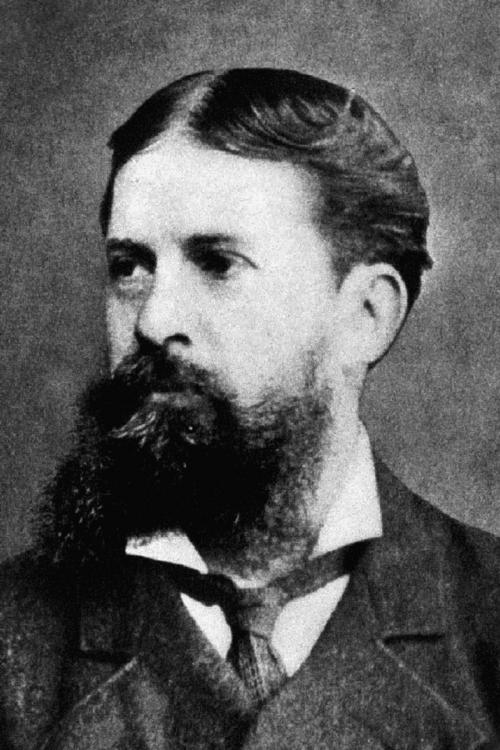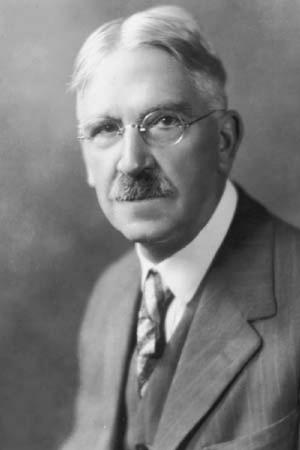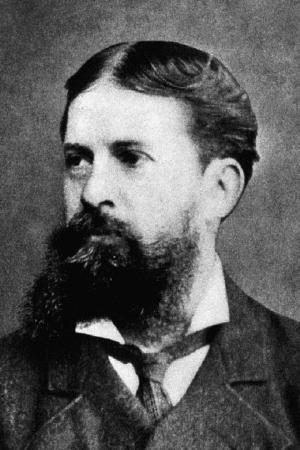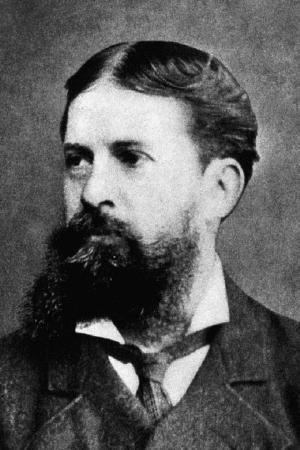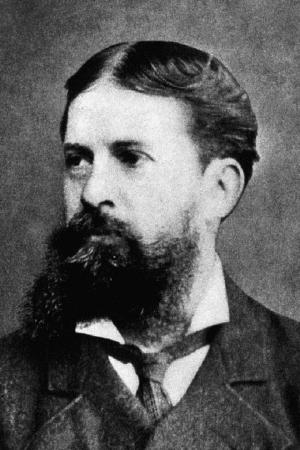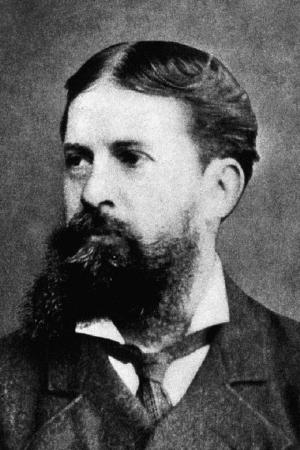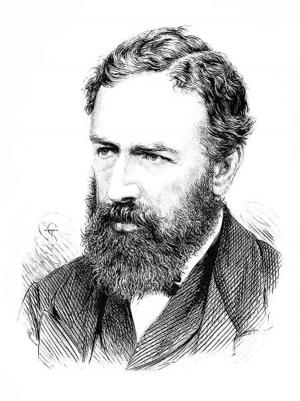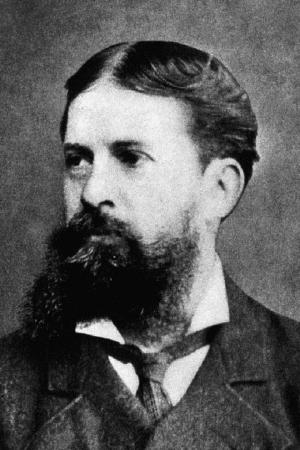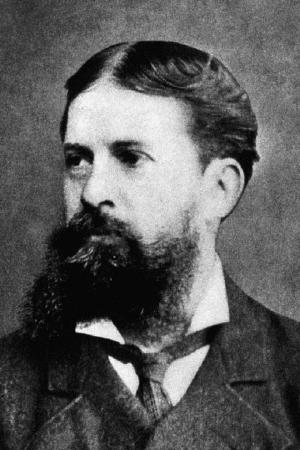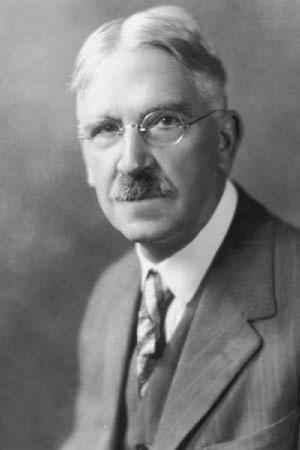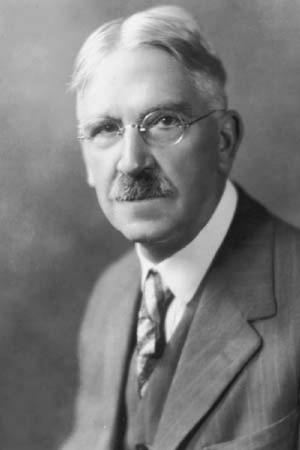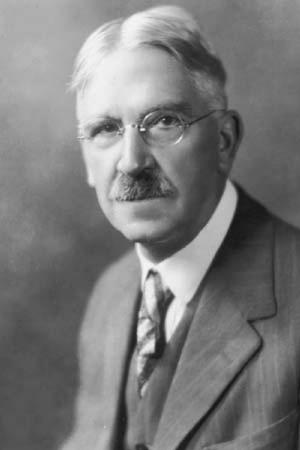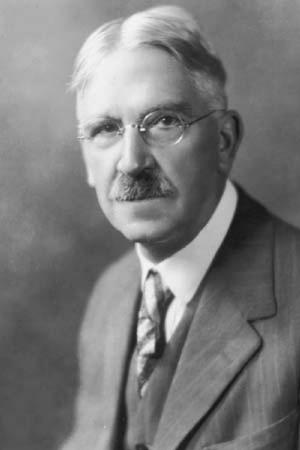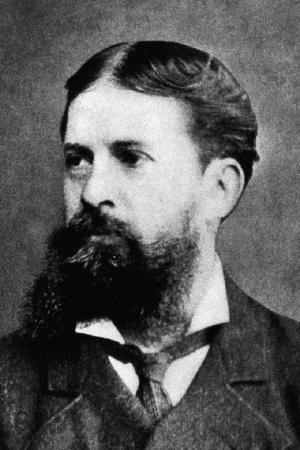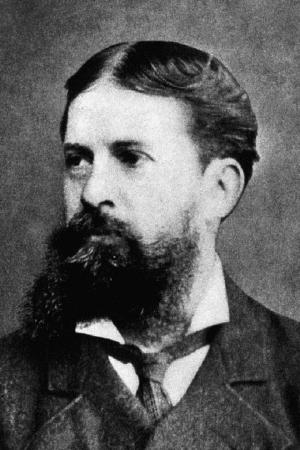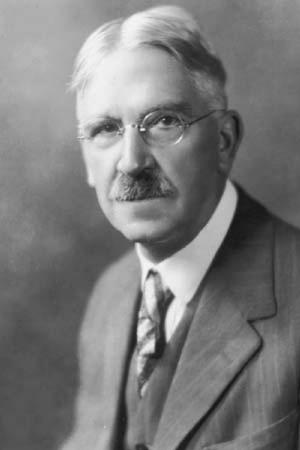| Author: | Charles Peirce, Timeless Books: Editor | ISBN: | 1230001227444 |
| Publisher: | Timeless Books | Publication: | July 13, 2016 |
| Imprint: | Language: | English |
| Author: | Charles Peirce, Timeless Books: Editor |
| ISBN: | 1230001227444 |
| Publisher: | Timeless Books |
| Publication: | July 13, 2016 |
| Imprint: | |
| Language: | English |
The book has an active table of contents for readers to access each chapter of the following titles:
1. THE ARCHITECTURE OF THEORIES - CHARLES PEIRCE
2. THE DOCTRINE OF NECESSITY EXAMINED - CHARLES PEIRCE
3. THE LAW OF MIND - CHARLES PEIRCE
4. MAN'S GLASSY ESSENCE - CHARLES PEIRCE
5. EVOLUTIONARY LOVE - CHARLES PEIRCE
6. IMMORTALITY IN THE LIGHT OF SYNECHISM - CHARLES PEIRCE
In 1934, Paul Weiss, an American philosopher, the founder of The Review of Metaphysics, and the Metaphysical Society of America, called Charles Peirce "the most original and versatile of American philosophers and America's greatest logician".
Max Fisch, a well-known writer of identity, individuality, responsibility, morality, and political commitment, commented Charles Peirce as the follow:
“Who is the most original and the most versatile intellect that the Americas have so far produced? The answer Charles S. Peirce is uncontested, because any second would be so far behind as not to be worth nominating. He was mathematician, astronomer, chemist, geodesist, surveyor, cartographer, metrologist, spectroscopist, engineer, inventor; psychologist, philologist, lexicographer, historian of science, mathematical economist, lifelong student of medicine; book reviewer, dramatist, actor, short story writer; phenomenologist, semiotician, logician, rhetorician and metaphysician.”
In 1891, Charles Peirce published his first foundational paper to modern Metaphysics THE ARCHITECTURE OF THEORIES. In this paper, Peirce outlined a logical framework to divide metaphysics into: (a) ontology or general metaphysics, (b) psychical or religious metaphysics, and (c) physical metaphysics.
Regarding Ontology, Peirce wrote that “I formerly defined the possible as that which in a given state of information (real or feigned) we do not know not to be true. But this definition today seems to me only a twisted phrase which, by means of two negatives, conceals an anacoluthon. We know in advance of experience that certain things are not true, because we see they are impossible.”
Regarding Religious Metaphysics, Peirce characterized such belief as founded in an instinct doable in musing over the worlds of ideas, brute facts, and evolving habits.
Regarding Physical Metaphysics, Peirce held the view that "matter is effete mind, inveterate habits becoming physical laws".
In 1892, Charles Peirce published his foundational paper to his theory of tychism THE DOCTRINE OF NECESSITY EXAMINED. In this paper, Peirce denied the central position of the doctrine of necessity that "the state of things existing at any time, together with certain immutable laws, completely determine the state of things at every other time." He argued that an avenue was opened up allowing the entry of chance as a fundamental and absolute entity.
In THE DOCTRINE OF NECESSITY EXAMINED, Peirce did not assert that there was no law in the universe. What he advocated was that there were in the universe both regularities and irregularities. His theory is to address that complete lack of order is itself a sort of order and to explore and explain the presence of such a universal law that "why laws are not precisely or always obeyed, for what is still in a process of evolution cannot be supposed to be absolutely fixed."
In 1892, Charles Peirce published his foundational paper to his theory of continuity THE LAW OF MIND. In this paper, Peirce discussed, argued, and expressed his views of the following key important topics:
“A serious student of philosophy will be in no haste to accept or reject this doctrine; but he will see in it one of the chief attitudes which speculative thought may take, feeling that it is not for an individual, nor for an age, to pronounce upon a fundamental question of philosophy. That is a task for a whole era to work out. I have begun by showing that tychism must give birth to an evolutionary cosmology, in which all the regularities of nature and of mind are regarded as products of growth, and to a Schelling-fashioned idealism which holds matter to be mere specialized and partially deadened mind.”
“The tendency to regard continuity, in the sense in which I shall define it, as an idea of prime importance in philosophy conveniently may be be termed synechism. The present paper is intended chiefly to show what synechism is, and what it leads to.”
“We are accustomed to speak of ideas as reproduced, as passed from mind to mind, as similar or dissimilar to one another, and, in short, as if they were substantial things; nor can any reasonable objection be raised to such expressions. But taking the word "idea" in the sense of an event in an individual consciousness, it is clear that an idea once past is gone forever, and any supposed recurrence of it is another idea. These two ideas are not present in the same state of consciousness, and therefore cannot possibly be compared.”
“Some minds will jump here jump to the conclusion that a past idea cannot in any sense be present. But that is hasty and illogical. How extravagant too, to pronounce our whole knowledge of the past to be mere delusion! Yet it would seem that the past is completely beyond the bounds of possible experience as a Kantian thing-in-itself.”
“One of the most marked features about the law of mind is that it makes time to have a definite direction of flow from past to future. ...This makes one of the great contrasts between the law of mind and the law of physical force, where there is no more distinction between the two opposite directions in time than between moving northward and moving southward.”
In 1892, Charles Peirce published his foundational paper to his theory of continuity MAN'S GLASSY ESSENCE. In this paper, Peirce discussed a revolutionary model of the way human beings think. He challenged traditional models by showing what conceptions ought to form the brick and mortar of a philosophical system.
In 1893, Charles Peirce published his foundational paper to modern evolutionism EVOLUTIONARY LOVE. In this paper, Peirce discussed an especially intriguing and curious twist in his evolutionism. He called agapeism. Peirce argued that evolutionary love is the most fundamental engine of the evolutionary process instead of struggle, strife, greed, or competition. Peirce’s view of evolution had a social significance and also had the intention of arguing against the morally repugnant but extremely popular socio-economic Darwinism that was pioneered by Herbert Spencer. Peirce associated with the doctrine of the Gospel of John and with the mystical ideas of Swedenborg and Henry James. To social Darwinism and a supposed justification for the more rapacious practices of unbridled capitalism, Peirce referred as “The Gospel of Greed.”
In 1893, Charles Peirce published his foundational papers to his theory of Logic and Science IMMORTALITY IN THE LIGHT OF SYNECHISM. In the paper, Peirce provoked Synechism that everything is continuous and argued the stance of the Synechist toward various philosophical questions. Peirce applied his doctrine to the question of immortality and found that it is rash to assume that we only have carnal life. Peirce concluded that Synechism is a purely scientific philosophy and predicted that it will help reconcile science and religion.
This is a must-read collection for comprehending the foundational thoughts of Pragmatism, Logic, and Philosophy by Charles Peirce.
The book has an active table of contents for readers to access each chapter of the following titles:
1. THE ARCHITECTURE OF THEORIES - CHARLES PEIRCE
2. THE DOCTRINE OF NECESSITY EXAMINED - CHARLES PEIRCE
3. THE LAW OF MIND - CHARLES PEIRCE
4. MAN'S GLASSY ESSENCE - CHARLES PEIRCE
5. EVOLUTIONARY LOVE - CHARLES PEIRCE
6. IMMORTALITY IN THE LIGHT OF SYNECHISM - CHARLES PEIRCE
In 1934, Paul Weiss, an American philosopher, the founder of The Review of Metaphysics, and the Metaphysical Society of America, called Charles Peirce "the most original and versatile of American philosophers and America's greatest logician".
Max Fisch, a well-known writer of identity, individuality, responsibility, morality, and political commitment, commented Charles Peirce as the follow:
“Who is the most original and the most versatile intellect that the Americas have so far produced? The answer Charles S. Peirce is uncontested, because any second would be so far behind as not to be worth nominating. He was mathematician, astronomer, chemist, geodesist, surveyor, cartographer, metrologist, spectroscopist, engineer, inventor; psychologist, philologist, lexicographer, historian of science, mathematical economist, lifelong student of medicine; book reviewer, dramatist, actor, short story writer; phenomenologist, semiotician, logician, rhetorician and metaphysician.”
In 1891, Charles Peirce published his first foundational paper to modern Metaphysics THE ARCHITECTURE OF THEORIES. In this paper, Peirce outlined a logical framework to divide metaphysics into: (a) ontology or general metaphysics, (b) psychical or religious metaphysics, and (c) physical metaphysics.
Regarding Ontology, Peirce wrote that “I formerly defined the possible as that which in a given state of information (real or feigned) we do not know not to be true. But this definition today seems to me only a twisted phrase which, by means of two negatives, conceals an anacoluthon. We know in advance of experience that certain things are not true, because we see they are impossible.”
Regarding Religious Metaphysics, Peirce characterized such belief as founded in an instinct doable in musing over the worlds of ideas, brute facts, and evolving habits.
Regarding Physical Metaphysics, Peirce held the view that "matter is effete mind, inveterate habits becoming physical laws".
In 1892, Charles Peirce published his foundational paper to his theory of tychism THE DOCTRINE OF NECESSITY EXAMINED. In this paper, Peirce denied the central position of the doctrine of necessity that "the state of things existing at any time, together with certain immutable laws, completely determine the state of things at every other time." He argued that an avenue was opened up allowing the entry of chance as a fundamental and absolute entity.
In THE DOCTRINE OF NECESSITY EXAMINED, Peirce did not assert that there was no law in the universe. What he advocated was that there were in the universe both regularities and irregularities. His theory is to address that complete lack of order is itself a sort of order and to explore and explain the presence of such a universal law that "why laws are not precisely or always obeyed, for what is still in a process of evolution cannot be supposed to be absolutely fixed."
In 1892, Charles Peirce published his foundational paper to his theory of continuity THE LAW OF MIND. In this paper, Peirce discussed, argued, and expressed his views of the following key important topics:
“A serious student of philosophy will be in no haste to accept or reject this doctrine; but he will see in it one of the chief attitudes which speculative thought may take, feeling that it is not for an individual, nor for an age, to pronounce upon a fundamental question of philosophy. That is a task for a whole era to work out. I have begun by showing that tychism must give birth to an evolutionary cosmology, in which all the regularities of nature and of mind are regarded as products of growth, and to a Schelling-fashioned idealism which holds matter to be mere specialized and partially deadened mind.”
“The tendency to regard continuity, in the sense in which I shall define it, as an idea of prime importance in philosophy conveniently may be be termed synechism. The present paper is intended chiefly to show what synechism is, and what it leads to.”
“We are accustomed to speak of ideas as reproduced, as passed from mind to mind, as similar or dissimilar to one another, and, in short, as if they were substantial things; nor can any reasonable objection be raised to such expressions. But taking the word "idea" in the sense of an event in an individual consciousness, it is clear that an idea once past is gone forever, and any supposed recurrence of it is another idea. These two ideas are not present in the same state of consciousness, and therefore cannot possibly be compared.”
“Some minds will jump here jump to the conclusion that a past idea cannot in any sense be present. But that is hasty and illogical. How extravagant too, to pronounce our whole knowledge of the past to be mere delusion! Yet it would seem that the past is completely beyond the bounds of possible experience as a Kantian thing-in-itself.”
“One of the most marked features about the law of mind is that it makes time to have a definite direction of flow from past to future. ...This makes one of the great contrasts between the law of mind and the law of physical force, where there is no more distinction between the two opposite directions in time than between moving northward and moving southward.”
In 1892, Charles Peirce published his foundational paper to his theory of continuity MAN'S GLASSY ESSENCE. In this paper, Peirce discussed a revolutionary model of the way human beings think. He challenged traditional models by showing what conceptions ought to form the brick and mortar of a philosophical system.
In 1893, Charles Peirce published his foundational paper to modern evolutionism EVOLUTIONARY LOVE. In this paper, Peirce discussed an especially intriguing and curious twist in his evolutionism. He called agapeism. Peirce argued that evolutionary love is the most fundamental engine of the evolutionary process instead of struggle, strife, greed, or competition. Peirce’s view of evolution had a social significance and also had the intention of arguing against the morally repugnant but extremely popular socio-economic Darwinism that was pioneered by Herbert Spencer. Peirce associated with the doctrine of the Gospel of John and with the mystical ideas of Swedenborg and Henry James. To social Darwinism and a supposed justification for the more rapacious practices of unbridled capitalism, Peirce referred as “The Gospel of Greed.”
In 1893, Charles Peirce published his foundational papers to his theory of Logic and Science IMMORTALITY IN THE LIGHT OF SYNECHISM. In the paper, Peirce provoked Synechism that everything is continuous and argued the stance of the Synechist toward various philosophical questions. Peirce applied his doctrine to the question of immortality and found that it is rash to assume that we only have carnal life. Peirce concluded that Synechism is a purely scientific philosophy and predicted that it will help reconcile science and religion.
This is a must-read collection for comprehending the foundational thoughts of Pragmatism, Logic, and Philosophy by Charles Peirce.
